How to attract ladybugs to your yard – this natural aphid predator is more beneficial than you realise
Experts share advice on how to encourage these insects into your garden spaces
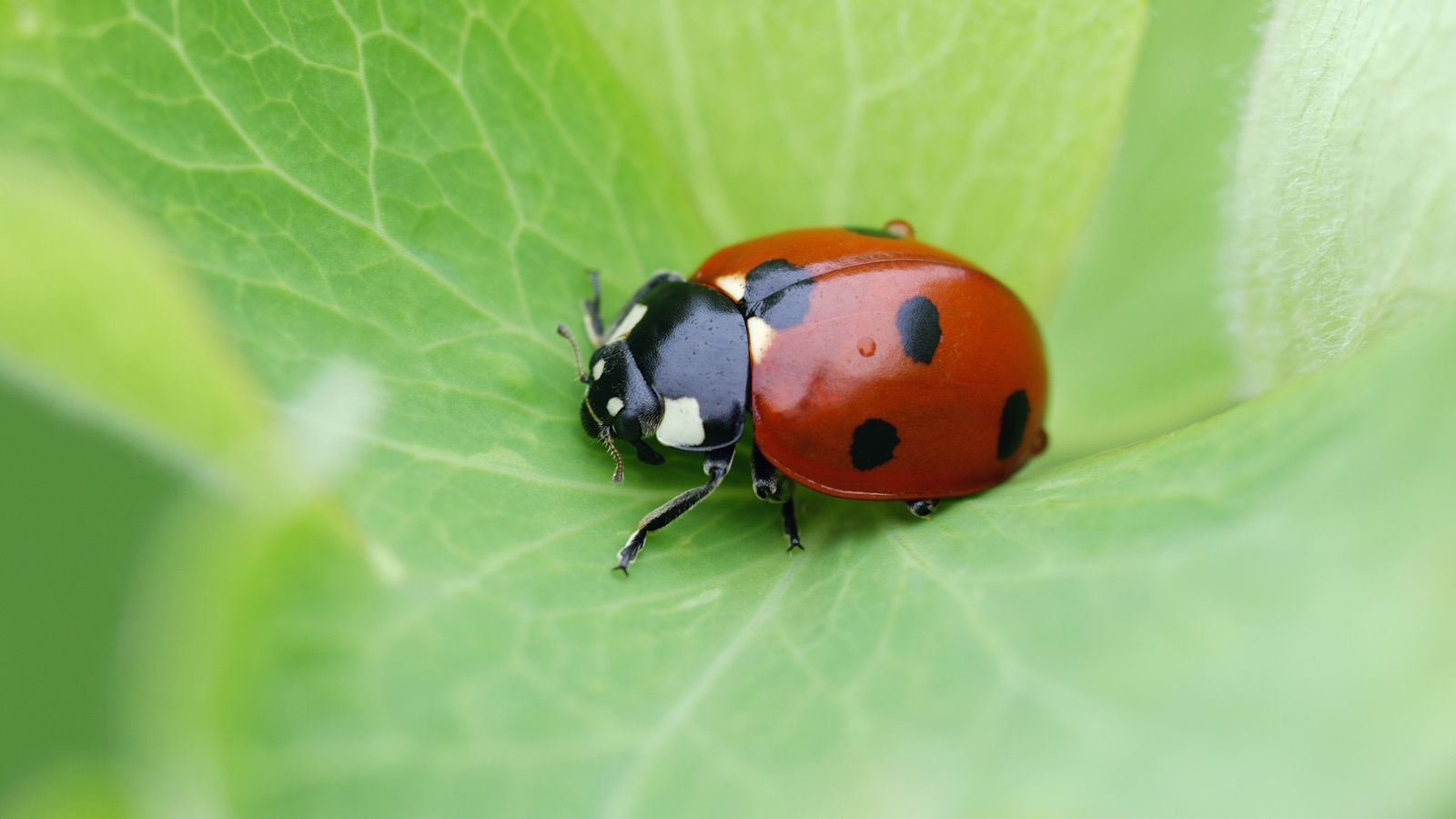

There are more than 5,000 species of ladybugs worldwide, with different varieties dependent on where you are located in the world. However, one thing they all have in common is that they are one of the best insects when it comes to controlling pests that can destroy plants.
We know that an excess of these shiny red bugs can pose a problem, especially if you have an infestation in your home, in which case you may need to find solutions to repel ladybugs. But in the yard it's a different story. Ladybirds are a completely natural and effective method of pest control. As their diet consists of many pests that can cause havoc in your backyard, having ladybugs present can help get rid of aphids, mealybugs, and whiteflies.
Aside from eating pests, ladybirds also feed on nectar. Although this is not their main source of food, they still carry a sufficient amount of pollen from one plant to another, which in turn helps to pollinate the plants in your yard. Here, we look at four ways you can attract these useful insects into your outdoor space.
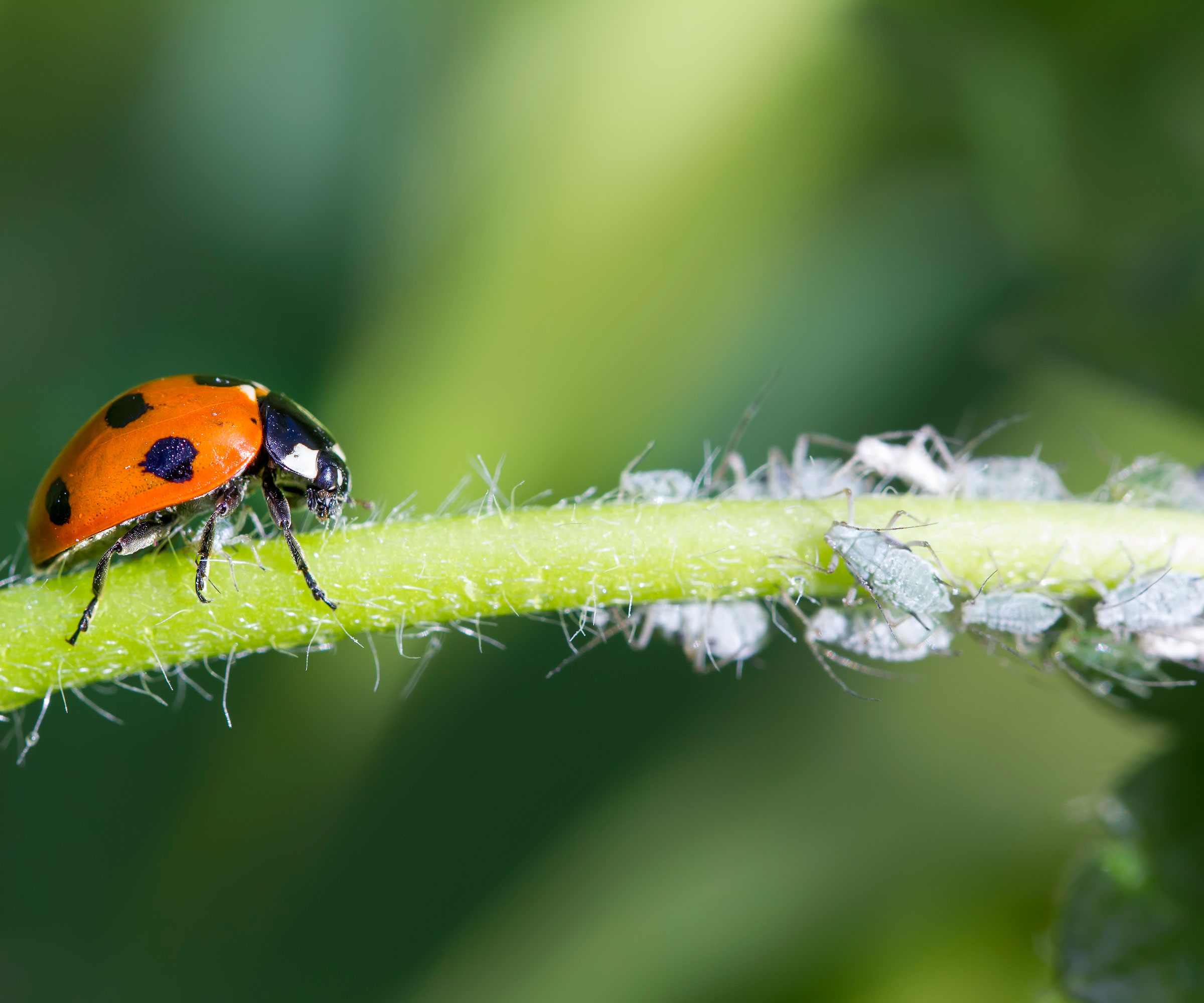
How to attract ladybugs to your yard: 4 simple methods
Our experts explain how ladybugs might just be your new best friend if you have an aphid issue in your backyard.
1. Provide ladybugs with plenty of pollen-rich plants
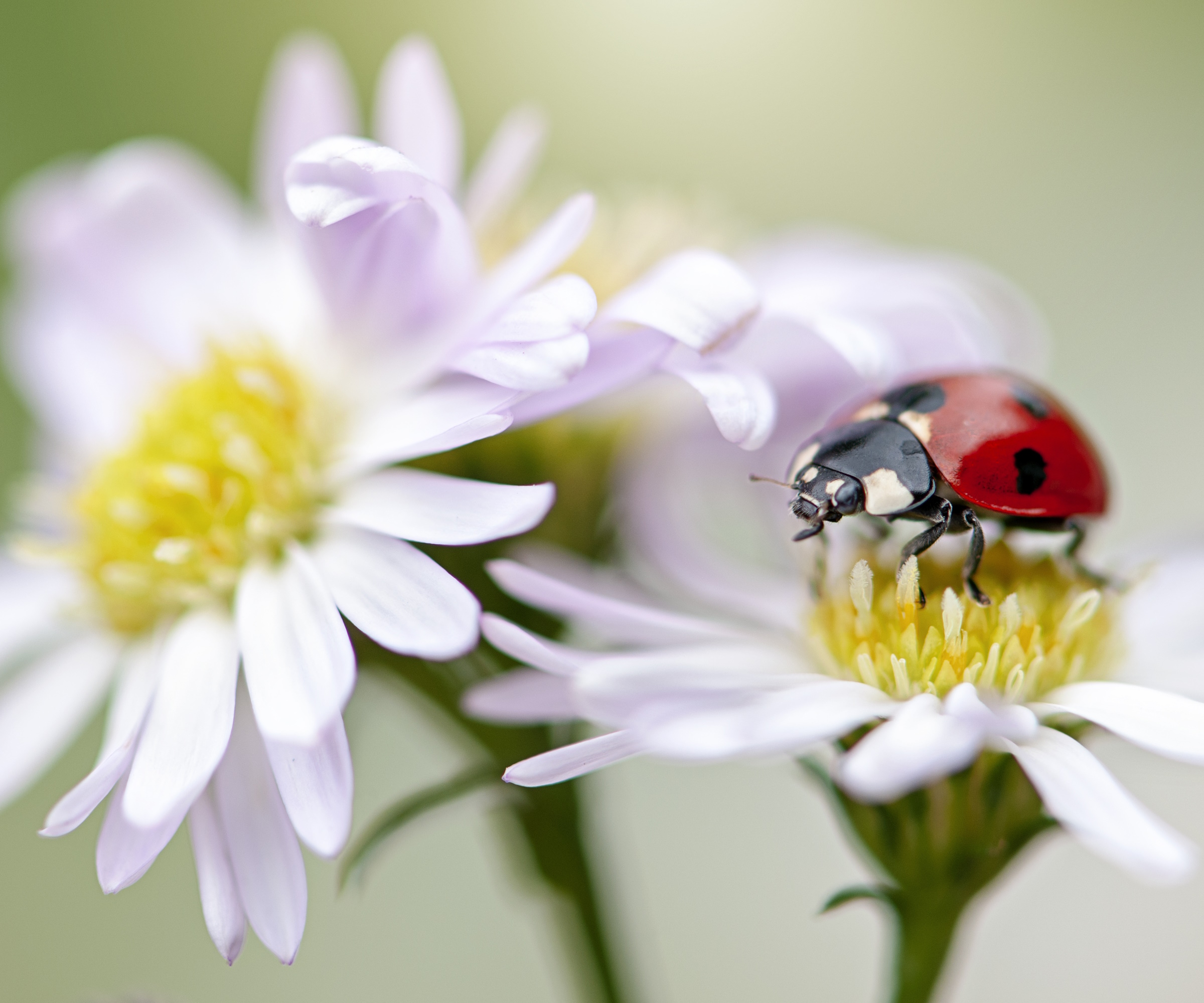
As ladybugs feed on pollen as well as aphids, one way to attract them into your yard is by planting a variety of pollen-rich plants.
Diane Kuthy, from How To Grow Everything, found that integrating specific plants not only serves as a natural pest control by inviting ladybugs, but also beautifies the space.
‘Some of the most effective plants include herbs such as chives, dill, and fennel and other plants include dandelions, marigolds and geraniums,’ says Diane. ‘Their scents seem to draw ladybugs in droves, providing a dual-purpose approach.’
Design expertise in your inbox – from inspiring decorating ideas and beautiful celebrity homes to practical gardening advice and shopping round-ups.

Diane Kuthy is the founder and lead plant expert at How To Grow Everything, a collection of comprehensive grow guides for every plant and vegetable. Diane has over 10 years of gardening experience and she currently manages a 5-acre farm, a four-season greenhouse, over 50 perennial fruit and vegetable varieties, and a large indoor plant conservatory.
2. Avoid using pesticides and insecticides in your yard
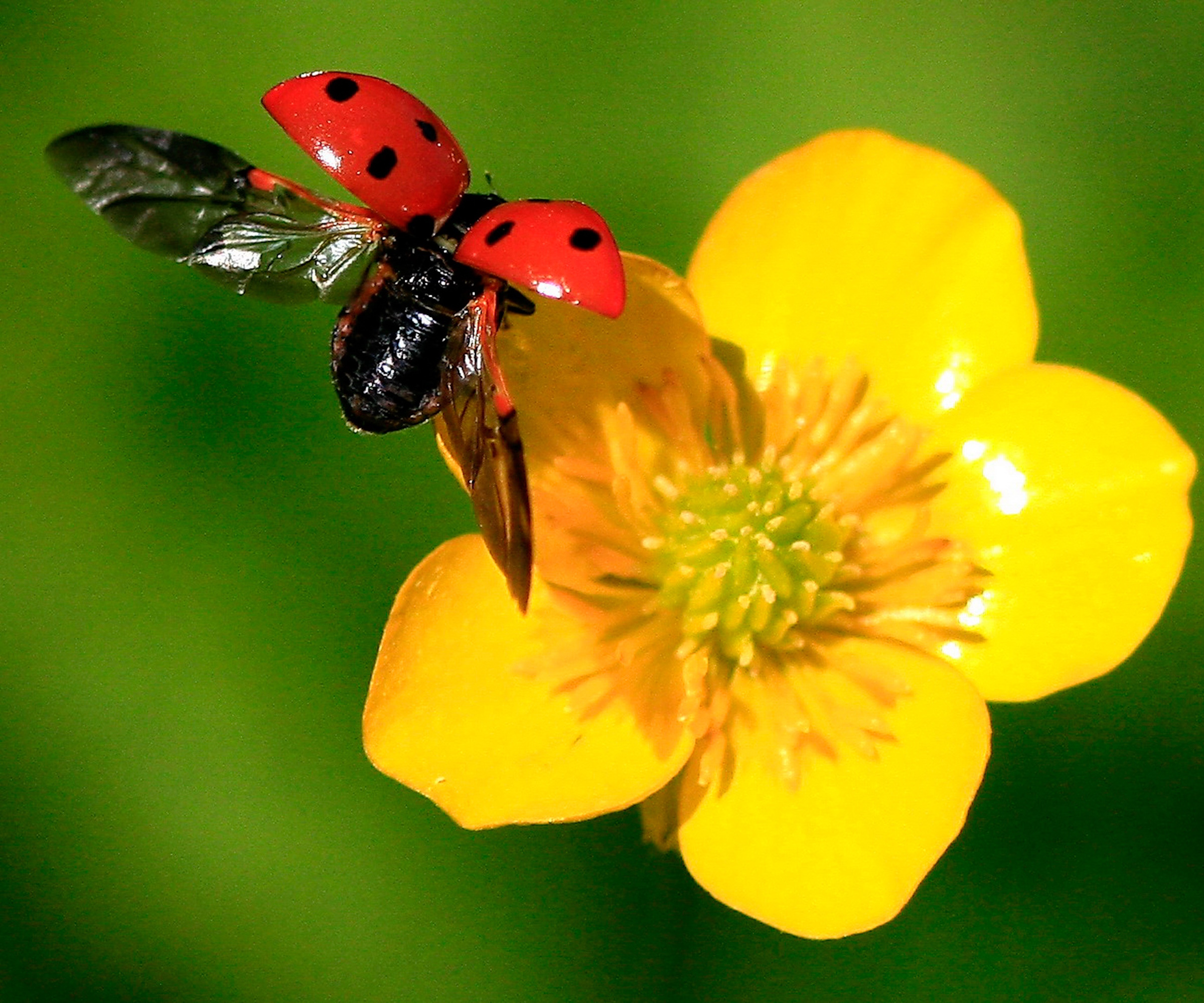
Plant expert Resh Gala, author of Vegetable Gardening Made Easy, available from Amazon, says if you want to attract ladybugs to your yard, you should avoid using pesticides and chemical weed killers.
‘Ladybugs are sensitive to chemical pesticides and generally avoid areas treated with chemicals,’ says Resh. ‘Instead, opt for eco-friendly alternatives such as homemade weed killers.’
Neem oil is another natural alternative, such as the Verdana organic neem oil from Amazon. It's pure, cold-pressed, and free of chemicals meaning it is safe to use around butterflies, ladybugs, and most other beneficial insects.

Resh Gala runs organic gardening business @hundredtomatoes, a kitchen garden company that designs, installs and maintains organic vegetable gardens in New Jersey, Pennsylvania and New York. She is also the author of Vegetable Gardening Made Easy. Her intensive planting methods has given her a loyal social media following and she was named 2020 Gardener of the Year by Burpee Home Gardens.
3. Provide a form of shelter for ladybugs

Another method to attract ladybugs into your yard is by making an environment of dense, cool shrubbery for them to settle into. One way of doing this is by planting low groundcover plants, which provide ladybugs with a protective canopy from their own predators, such as frogs and small birds. Applying organic mulch from Amazon to flower beds can also help by providing ladybugs with an extra layer of protection.
A fun project for you to try at home is to build your own bug hotel for ladybugs and and other tiny critters, and place it in your yard. Ladybug houses can be built with relative ease by drilling small holes in a wooden box. You can then place lures inside your to attract new inhabitants, such as pine cones, sticks, leaves and bark.
Alternatively, you can purchase a pre-built ladybird house, such as this one from Amazon. These constructions are best placed close to plants and other shrubbery in a sheltered spot. You might even want to provide a small, easy-to-reach water source, such as a very shallow bowl with a few stones in that they can climb on.
4. Introduce plants that are attractive to aphids
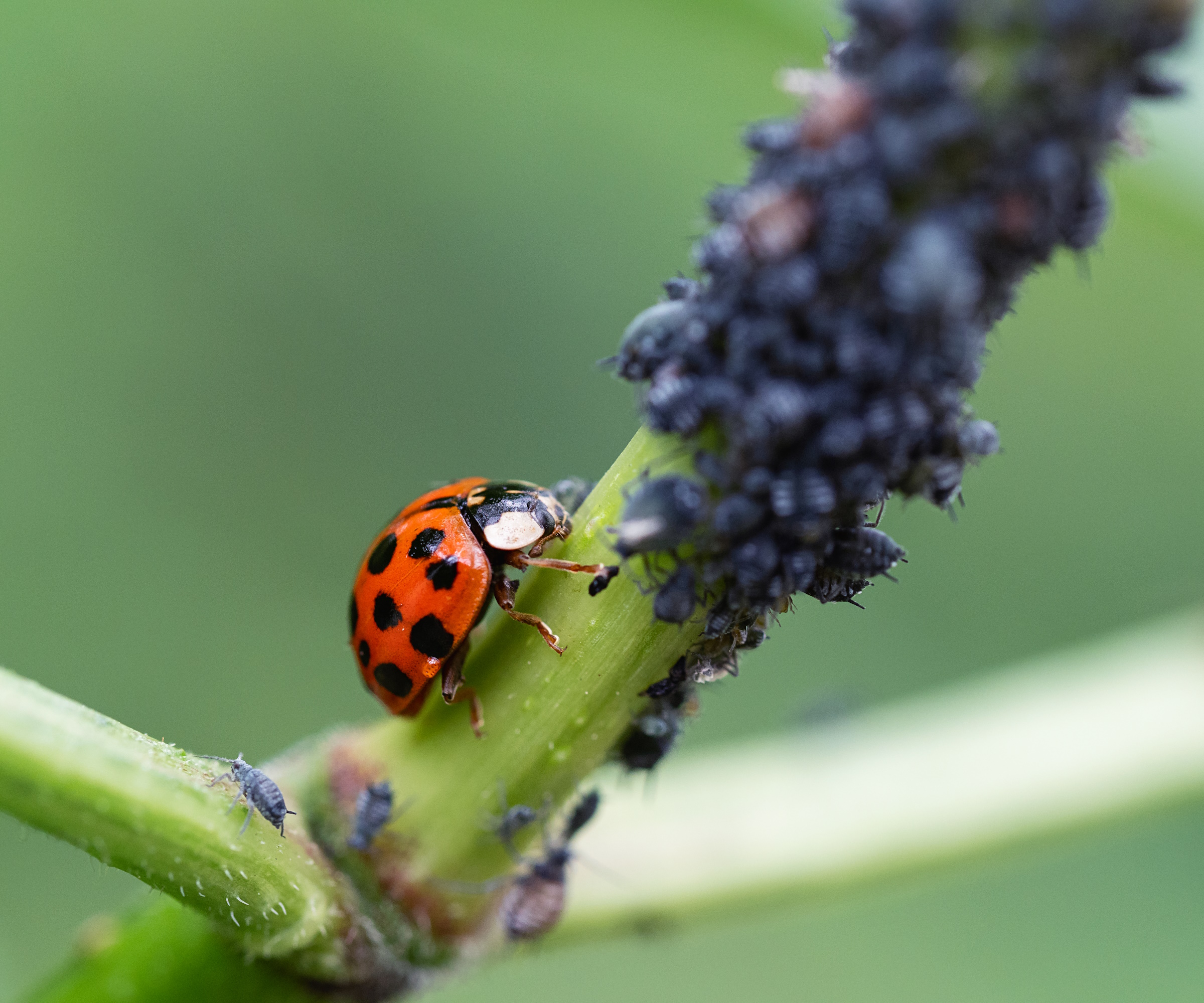
Another way of introducing ladybugs into your yard is actually by introducing plants that are attractive to aphids. Ladybugs can consume up to 5,000 aphids in their lifetime and also prey on other small pests like mealybugs and small caterpillars, so are the ideal natural predator to have in your garden.
You might consider adding so-called decoy plants for your aphids to feed on. For example, by companion planting marigolds next to crops of beans, the aphids will feed on the marigolds first, thus protecting your beans. This way you can effectively protect your main plants, by offering aphids an alternative food supply. By intentionally luring aphids into your garden, the ladybugs will soon follow.
FAQs
Do certain smells attract ladybugs?
Ladybirds are usually attracted to flowers and herbs that have distinctive smells, such as cilantro, fennel, and geraniums. These are normally good choices for attracting ladybugs as they smell pungent, and their scent can carry on the wind.
If you are still struggling to attract ladybugs into your yard, you can simply purchase ladybugs from Natures Good Guys on Amazon. This could be an easier and faster way to tackle an aphid problem, if you'd rather not wait for them to appear naturally.

Seraphina is a contributing editor at Homes & Gardens, writing Solved features on organizing and storage. She loves to decorate and also grow her own produce from her home in London. Her previous experience includes working at Women's Health and Fabulous Magazine.